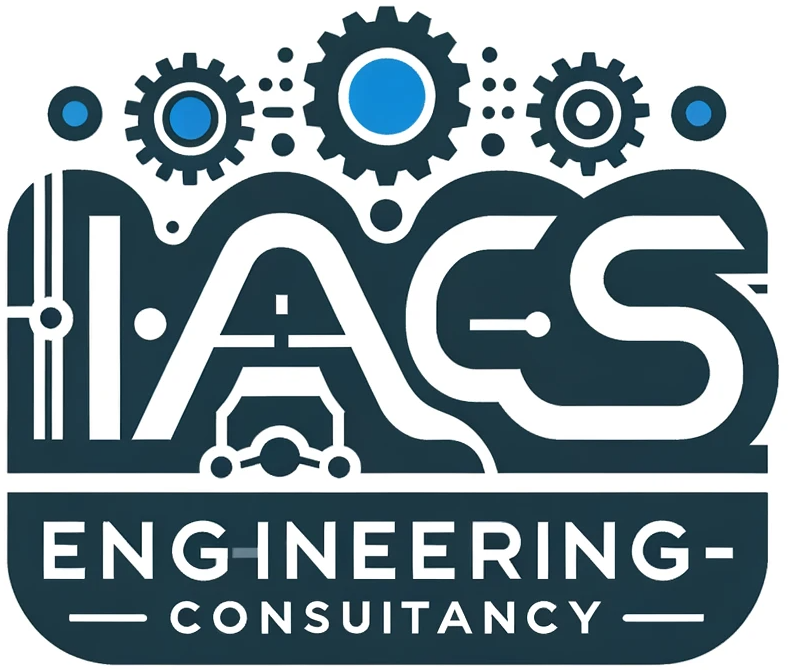MODBUS TCP is a communication protocol widely used in industrial automation for exchanging data between devices over an Ethernet network. It builds upon the traditional MODBUS RTU (serial communication) protocol but utilizes the TCP/IP protocol suite for communication over Ethernet.
Here’s a breakdown of MODBUS TCP:
- Client-Server Model: Devices can act as clients (requesting data) or servers (responding to requests).
- TCP/IP Network: Uses the TCP (Transmission Control Protocol) layer of the TCP/IP suite for reliable data transfer and error checking.
- Function Codes: Defines specific function codes for different data access operations (e.g., read coils, write registers).
- Data Addressing: Uses device addresses and register addresses to identify specific data points.
Benefits of MODBUS TCP:
- Widely Supported: Supported by a vast array of industrial devices and automation systems.
- Ethernet Network Integration: Leverages existing Ethernet infrastructure for communication.
- Reliable Data Transfer: TCP ensures reliable data exchange with error checking and retransmission capabilities.
- Scalability: Can support a larger number of devices compared to serial MODBUS RTU.
Standard MODBUS TCP Mapping Sheet:
A MODBUS TCP mapping sheet is a crucial document used to define how data is mapped between a MODBUS TCP client and server. It serves as a blueprint for communication and ensures both devices understand where to find specific data points.
Here’s what a standard MODBUS TCP mapping sheet typically includes:
- Device Name: Name or identifier of the MODBUS TCP client or server.
- Device Address: The unique MODBUS address assigned to the client or server on the network.
- Function Code: The specific MODBUS function code used for data access (e.g., Read Holding Registers, Write Single Coil).
- Starting Address: The starting register address within the server’s memory map where the data is located.
- Data Type: The data type of the information being accessed (e.g., Boolean, Integer, Float).
- Number of Points: The number of registers or coils being read/written in a single request.
- Description: A brief description of the data point or variable being mapped.
- Units (Optional): The engineering units associated with the data (e.g., degrees Celsius, pressure (psi)).
Creating a Standard MODBUS TCP Mapping Sheet:
- Gather Device Information: Refer to the user manuals of both the client and server devices to understand their supported MODBUS functionality and data types.
- Define Data Mapping: Determine which data points on the client need to be read from or written to the server and vice versa.
- Fill in the Mapping Sheet: Record the device names, addresses, function codes, starting addresses, data types, number of points, descriptions, and any relevant units for each data mapping.
- Maintain Clarity and Consistency: Use clear and concise descriptions and ensure consistent formatting throughout the sheet.
Additional Tips:
- Utilize pre-defined templates or tools offered by some PLC or SCADA software for creating MODBUS TCP mapping sheets.
- Share the mapping sheet with all relevant personnel involved in the project (programmers, electricians, etc.) for clear communication.
- Keep the mapping sheet updated as the project evolves or data needs change.
By following these guidelines, you can create a standard MODBUS TCP mapping sheet that facilitates efficient communication between devices, reduces errors, and streamlines troubleshooting within your industrial automation project.
